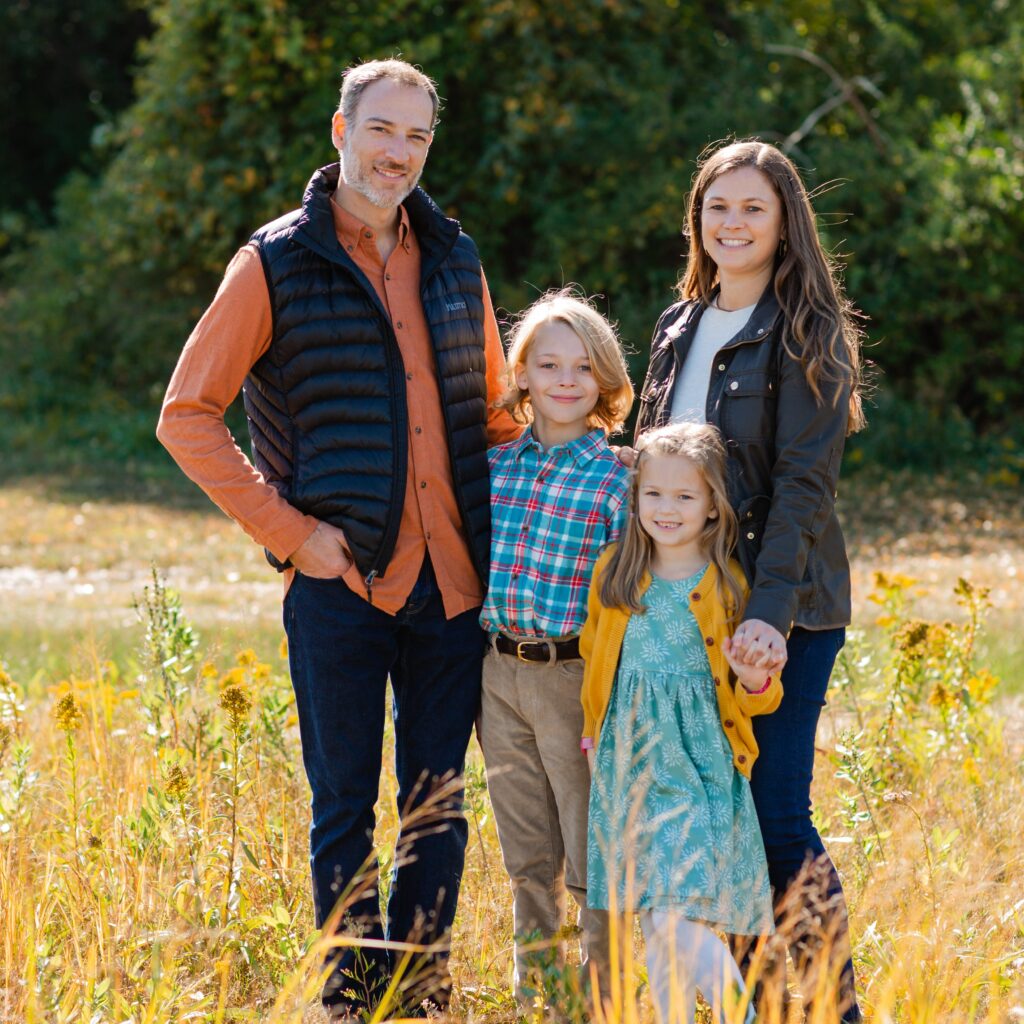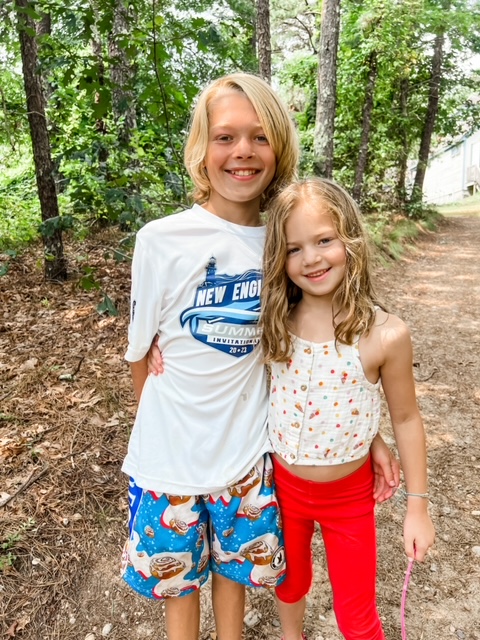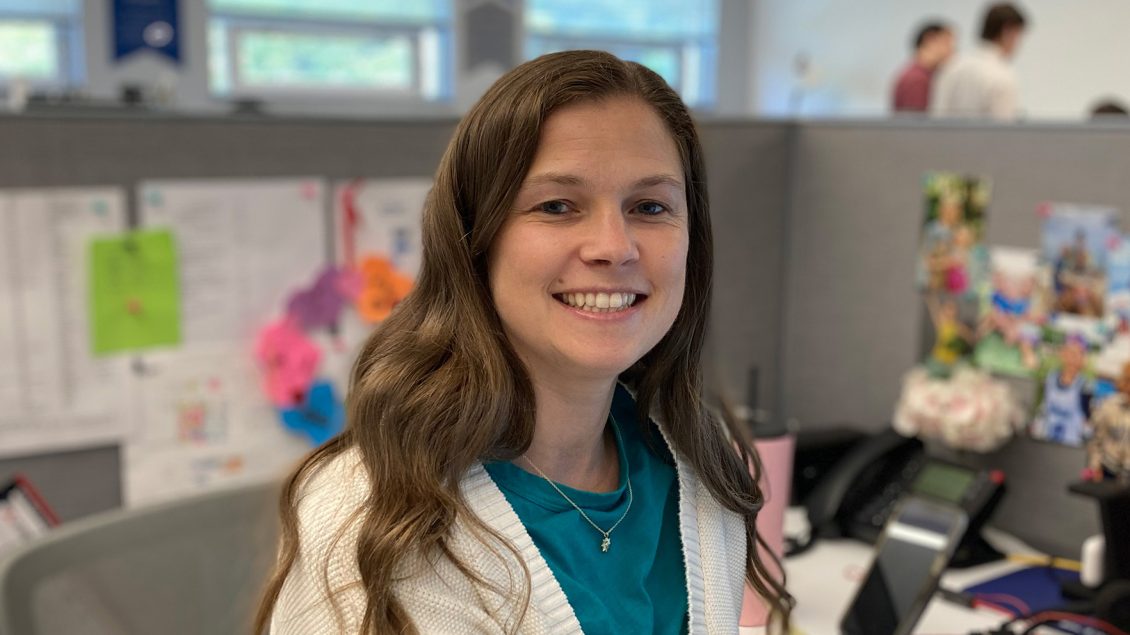wom(en)gineer sat down with Amanda Cortese, Mechanical Engineer, to talk about being mid-career and decisions along the way. Amanda joined Altieri just last year, returning to the workforce after raising her two children. Today, she designs mechanical systems for a variety of project types including the Detroit Music Hall and New-York Historical Society, founded in 1804 as New York’s first museum! Amanda is an active member of Altieri’s Women in Engineering group and Team USA – United Strengths of Altieri.
wom(en)gineer: When did you know you wanted to be an engineer?
Amanda: I took Introduction to Engineering in high school as part of the Project Lead The Way (PLTW) curriculum. I was the only girl in the class. We were assigned a building project – I built a bridge with popsicle sticks. Very basic, but it was enough to pique my interest. Senior year I applied to participate in a special program that enabled me to intern at 2 different firms; I chose an architecture firm and a firm that specializes in roof trussing. In different ways, each experience helped me see where I could put my interest in math and science (strengths I get from my dad) to work.
wom(en)gineer: What stands out about your college experience?
Amanda: I was accepted to the Coulter School of Engineering at Clarkson University. There are two things in particular that I remember: We were not allowed to use calculators (very old school, but it taught us to do the math the long way) and the ratio of male to female engineering students was 7:1. Today the percentage of women relative to men has almost doubled – progress! Of course, there is still work to be done. The program emphasized hands-on professional experiences throughout the four years. I spent one summer working for Summer-Parr Technologies, an industrial engineering / packaging design company. By the time I graduated, I had had a number of jobs that prepared me for full-time work.
wom(en)gineer: You graduated in 2004… what next?
Amanda: I went to work as a project engineer for CUNO, a leader in the design, manufacture, and marketing of filtration products for the separation, clarification, and purification of fluids and gasses. I was assigned to manufacturing locations in Wisconsin and Puerto Rico where I was responsible for ensuring that design specifications for products being supplied to the biopharmaceutical market (e.g., Abbott) were being met on the production line. I worked closely with outside sales reps, engineers, and the end user customer. I left CUNO in 2006 to join Dagher Engineering, a mechanical, electrical, plumbing, and fire protection firm, where I designed mechanical systems for residential high-rise buildings in Manhattan.
wom(en)gineer: You mentioned that it was a tough environment…
Amanda: I worked very long hours for six years. As a new engineer (and a woman), I put a lot of pressure on myself to excel. I also experienced a lot of pushback – I was young (and a woman!) but wasn’t particularly bothered except when I was told (by a man) that I needed to dress more appropriately. Fuming, I told him “You shouldn’t be looking at my shirt.” It was clear that he felt like an absolute fool. I got my job done.
wom(en)gineer: Was there a moment when you knew it was time to make a change?
Amanda: My husband and I were ready to start a family and I knew the balance was way off; I could not picture throwing a baby into the mix. It was difficult to leave the job, but I didn’t look back. Both of our mothers stayed at home to raise their families and my husband was and is very supportive. Jack was born in 2012 and Gracie in 2016. No regrets!


wom(en)gineer: Fast-forward to 2022. Was 10 years the magic number?
Amanda: The time felt right to get back to work when Gracie went off to kindergarten. I dabbled a bit with some part-time work until one day on the lacrosse sideline, Kristen Butts mentioned that Altieri was looking for mechanical engineers. I must admit I was a bit anxious about going back to MEP design work and the very long hours I had worked while at Dagher. I knew I did not want to repeat that imbalance. But I am happy to be here, and surprised at how much has come back to me despite the 10- year break. Altieri’s environment is supportive and creative, and we have great programs – the Mentorship Program, Initiative Teams, Women in Engineering. Not to mention that one of our Core Values is work-life balance!
wom(en)gineer: Still no regrets?
Amanda: Still no regrets! Most of my mom friends stay at home. They think it’s great that I’ve gone back to work. I also know moms who did not take a break and are in very senior positions at their firms. I know that taking the break also means losing career time, but this is not an issue for me.
wom(en)gineer: You seem very content with the decisions you have made and the paths you have chosen. Do you have advice for young women entering the field today?
Amanda: Believe in yourself and have confidence in your abilities. Remember that your gender does not define your competence. Speak up and be heard; assertiveness is key in any professional setting. Don’t hesitate to share your ideas, contribute to discussions, and offer your expertise. Your unique perspective as a woman in engineering can bring valuable insights to projects and teams. Also, work-life balance is important. Engineering can be demanding, but your personal well-being and that of your family come first.


